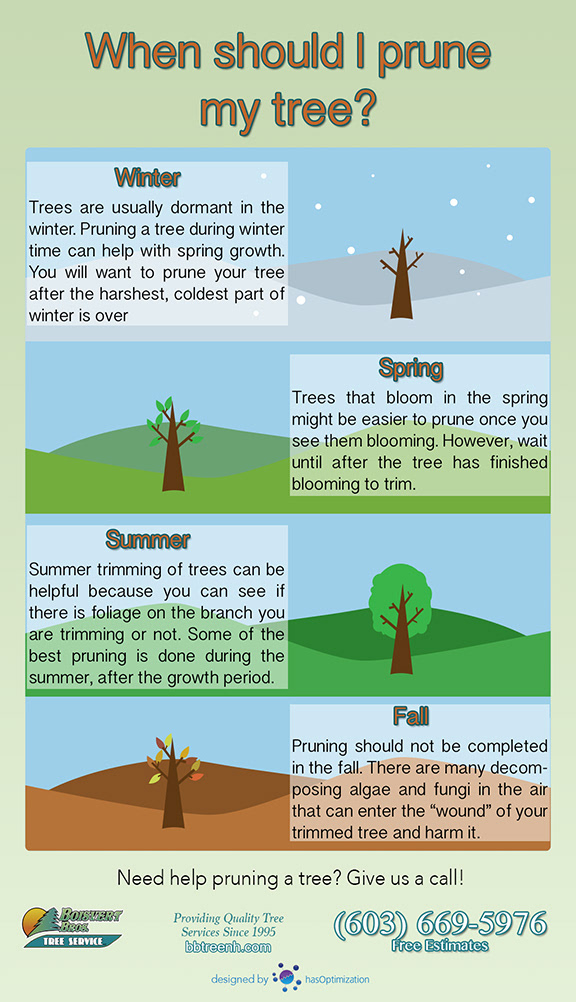Guarding Your Landscape: Replanting After Tree Removal
Guarding Your Landscape: Replanting After Tree Removal
Blog Article
Article Writer-Hussein Garrett
Tree elimination can leave a gap in your landscape that needs dental filling. You can plant something new in that area, yet it takes additional care and focus at the starting to assist it flourish.
The dirt in that location will certainly keep altering with time as microorganisms break down the old roots. That can affect the vitamins and mineral equilibrium and physical area for new development.
Dirt
The soil in a story where a tree has actually been removed is likely to be very various from the remainder of your garden or lawn. The origins of the old tree and the stump will certainly have changed the soil, eliminating some nutrients and perhaps crowding out other plants. In addition, if the previous tree was infected, the transmittable agent might still remain in the ground.
The existence of roots fosters a rich and varied neighborhood of soil microorganisms that enhances vital procedures like nutrition biking and raw material decay. Without these bacteria, the displaced dirt can become less productive and nutrient-depleted, with an adverse influence on plant development.
Prior to replanting, the soil ought to be eliminated of debris and natural product (such as wood chips from stump grinding). You might wish to mix in potting dirt or native dust with this garden compost to give your new planting with an environment that is well balanced and loaded with nutrients.
Water
Tree roots soak up large amounts of water from the soil. This process also includes nutrients back to the dirt, especially nitrogen, which is important for new trees and plants. Unfortunately, old dirt can be depleted of these important minerals due to the rotting origins and stump from a removed tree.
This is why it is essential to have a prepare for the future of your landscape. Ideally, the best time to plant is when you have a clean slate.
Whether you're growing grass or blossoms, see to it to make use of a soaker pipe to prevent overwatering your brand-new landscaping. If the area was a yard, see to it to cover the soil with natural mulch to assist keep moisture in the soil, manage soil temperature levels and suppress weeds. This also provides a layer of security for young plants and promotes worm task. After that, consistently restore the mulch to continue boosting the soil nutrient density and microbial life. This is known as dirt remediation.
Light
Trees are a fantastic addition to any type of landscape, providing shade, visual pulchritude, and lots of various other benefits. Nonetheless, sometimes trees become unsightly due to a range of factors, consisting of illness, pest invasions and natural aging.
In such instances, it might be required to eliminate a tree. It is necessary to take into consideration the value of a particular tree in your landscaping and take the appropriate steps to ensure that the elimination is done safely and efficiently.
During look here , it's an optimal time to execute upkeep and inspections on existing trees. Search for signs of condition, insect infestations, or structural damage, in addition to any type of possible hazards such as weakened or leaning trees.
Before beginning call maintenance of construction jobs, make sure to protect the root zones of existing trees by avoiding soil compaction and grading around them. Organic matter, as it breaks down, can generate poisonous gases that are harmful to the roots of a tree. It's additionally a great idea to mulch the area around a tree after building and construction has actually finished to conserve wetness and subdue weed development.
mouse click the up coming article are essential to a landscape for their visual allure, yet they additionally play an important function in the local ecological community by providing color and windbreaks. They support wildlife habitats and decrease the quantity of co2 in the air, which can contribute to worldwide warming. This is why it is advisable to replant trees after removing one from the residential property.
When replanting a new tree in the place of a previous stump, the soil might not have adequate nutrients to support it. It is best to await a year before growing to ensure that the soil will be rich in nutrients.
To make certain that replanted trees thrive, it is crucial to provide them with proper treatment. A layer of compost will keep soil dampness from vaporizing, manage dirt temperature, and help reduce weeds. Organic mulch is the favored selection because it boosts soil fertility. Continuous fertilization and parasite control are likewise necessary for replanted trees.